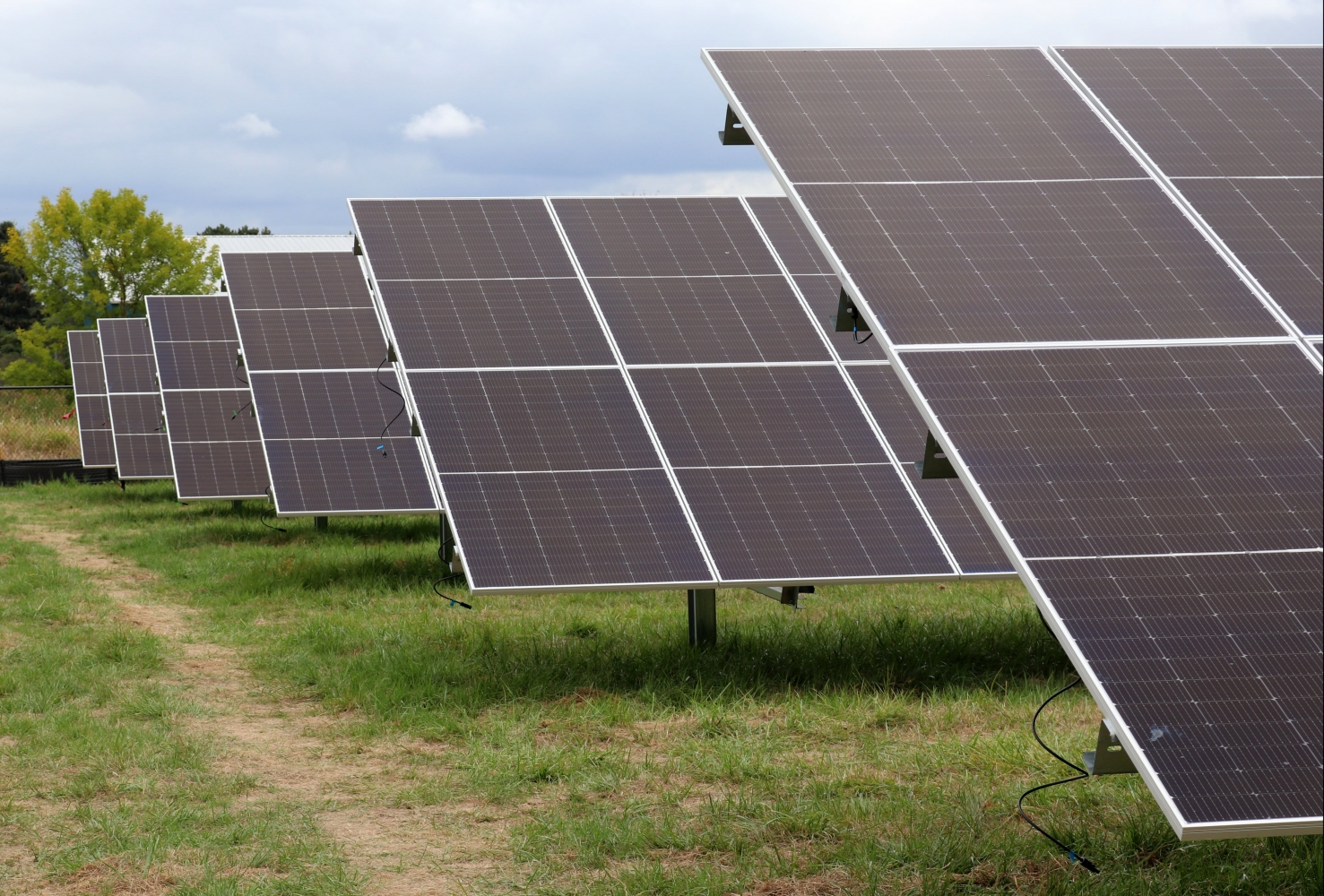

Published on: 08/14/2025
This news was posted by Oregon Today News
Description
As Oregon cools down after multiple days of abnormally high temperatures, the state is releasing a draft version of a first-of-its-kind report about how to achieve state climate goals.
On Thursday, the Oregon Department of Energy released the draft version of the Oregon Energy Strategy Report. It provides more than three dozen policy recommendations about how state agencies can work together to reach the currently enacted carbon reduction and renewable energy laws.

The report recommends funding more public electric vehicle charging, modifying new building codes to require energy-efficient appliances, and creating a state transmission entity that could streamline permitting and siting approvals.
It also acknowledges the federal policy challenges the Trump administration has created for the state as well as the renewable energy industry. The administration has prioritized investing in fossil fuels over addressing climate change.
“The way we structure the energy strategy, we have this longer-term vision and that vision holds steady,” Oregon Department of Energy’s senior policy analyst Edith Bayer said. “We haven’t changed that based on the changes that we’re seeing coming out of the federal administration. In the near term, I think that we will need to be realistic and what we try to do in the legislative and policy actions is to help demonstrate where it’s important to focus resources and why.”
The Oregon Energy Strategy Report will be available for public comment until 5 p.m. Sept. 22. People interested in leaving comments can do so online here.
A final version of the report is expected to be released by the Oregon Department of Energy on Nov. 1.
The first-of-its-kind Oregon Energy Strategy Report
In 2023, lawmakers passed House Bill 3630, which directed the state energy department to create the Oregon Energy Strategy Report. The agency was directed to provide guidelines and recommendations for how state agencies can work together to meet Oregon’s renewable energy goals and reduce greenhouse gas emissions.
The state had already had two of the nation’s most ambitious climate laws:
- Then-Gov. Kate Brown’s Executive Order 20-04 — directs certain agencies to take actions to reduce greenhouse gas emissions and reduce climate change impacts.
- House Bill 2021 — requires utilities to eliminate their greenhouse gas emissions associated with the electricity they provide by 100% by 2040.
Brown’s executive order prompted the Oregon Department of Environmental Quality to launch the Climate Protection Program later in 2023. That program sets declining limits on greenhouse gas emissions from fossil fuels, like diesel, gas and natural gas companies.
But despite those laws, Oregon was already falling short on its climate benchmarks.
According to Bayer, those three climate laws were used as “anchors” or references in the energy strategy report.
How the Pacific Northwest’s dream of green energy fell apart
Bayer said these policies cut across different sectors and were created separately, without considering the interrelation between them. That made it harder to figure out how to achieve the state’s goals.
“These are goals that span multiple decades and there’s just a lot that we don’t know,” she said.
The energy department took into consideration what the state is being asked to do, who is being asked to do what, and where there might be a need for more resources, Bayer said.
The vision
The draft energy strategy identifies legislative and policy changes that can be enacted now to make progress in the near future, like identifying what role new renewable energy resources can play in meeting the state’s goals, as well as areas that require long-term efforts – like energy efficiency and low-carbon fuels.
The draft energy strategy has three categories — pathways, policy and action.
According to Bayer, pathways and policy are areas where the state needs to advance over the long term. Those include energy efficiency, electrification, clean electricity, low-carbon fuels and resilience.
The legislative and policy action items are short-term policies lawmakers can enact now, she said.
“There’s only a certain level of detail in the energy strategy, so it’s really up to legislators or agencies or the governor’s office to take forward the ideas in the energy strategy,” Bayer said. “But what we hope that we’ve provided is a justification for why a certain legislative or policy recommendation is important, what it would serve to accomplish, and then the details would really be up for somebody else to figure out.”
For example, one of the short-term recommendations is to establish a state transmission entity. It would have authority to identify and designate transmission corridors, get partial siting and permitting approvals for future projects in those identified areas and provide financial support through state bonds to fund projects that benefit the public.
Transmission lines, which take electricity from where it’s generated whether by fossil fuels or renewable electricity directly into powering homes and businesses, can take decades to build. Building them requires a significant amount of money and takes years to acquire the appropriate siting and land use permits.
Currently, Oregon needs to build out more transmission lines as people decommission gas furnaces and electrify their homes, energy companies add solar and wind power to the grid, and tech companies build power-hungry data centers.
Inadequate transmission has been a monumental barrier, one of many factors preventing the state from meeting its renewable energy and carbon reduction goals, all while the demand for electricity continues to increase.
Lawmakers in both Oregon and Washington did present legislation to create transmission authorities in their recent legislative sessions but both bills failed.
Earlier this year, an energy forecast reported the Pacific Northwest’s electricity demand could double by 2046. Bayer said a state transmission authority could help overcome the barriers that have prevented development of transmission across the state.
“This is really hard stuff,” Bayer said, “and we’re hoping that the way that we framed this up helps overcome some of these barriers and speed up that end goal that we really need to get to sooner than later, which is to build more transmission so that we can meet our clean energy goals.”
News Source : https://www.opb.org/article/2025/08/14/oregon-public-input-first-energy-strategy-report/
Other Related News
08/14/2025
Witnesses told authorities the teen was swimming about 20 yards offshore when he went unde...
08/14/2025
Deschutes County Commissioners pulled back on more requirements for wildfire-resistant hom...
08/14/2025
Oregon Health amp Science University on Thursday announced a 2 billion gift for cancer tre...
08/14/2025
Vendors at Lloyd Center celebrated the malls 65th birthday on Saturday with sales and spec...
08/14/2025







